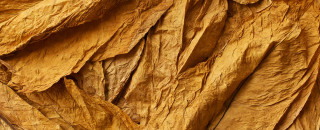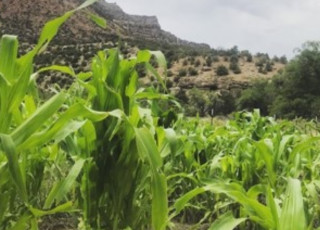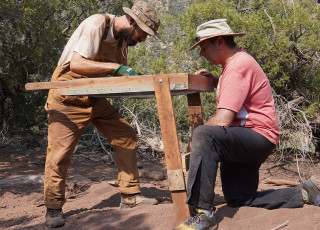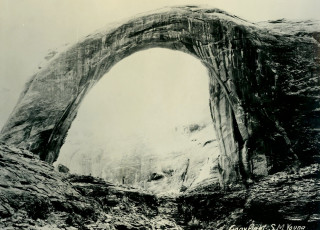People Used Tobacco in Utah 12,300 Years Ago
People have been using tobacco for thousands of years. Credit: iPhoto.
By Riley Black
Near the end of the Ice Age, alongside a stream that once flowed through what’s now Utah’s West Desert, a quartet of tiny tobacco seeds fell into a fire pit. The happenstance may have gone unnoticed, but it would prove to be important to archaeologists thousands of years later. Those seeds may be the oldest evidence of people using tobacco.
Tobacco is the common name of Nicotiana plants, the leaves of which have been used as intoxicants in various forms throughout human history. That history now goes back a lot further than that thanks to the discovery in the West Desert – more than 9,000 years earlier than previously known by anthropologists.
The find is reported by archaeologist Daron Duke and colleagues in the journal Nature Human Behavior. The site was uncovered along the Old River Bed, a dried channel that used to have flowing water and was an attractive campsite for Indigenous people between 13,000 and 9,500 years ago. In addition to a hearth, the researchers found a spear point and many waterfowl bones – clues that indicate the people here were hunting a variety of ducks and similar birds around the wetlands that once spread over this part of the continent.
Small, burnt tobacco seeds were found within the hearth at the site. How they got there, no one’s quite sure. Duke and coauthors speculate that, since only seeds were found but no leaves, that the tobacco leaves were smoked or chewed. The seeds may have come off with parts of the plant that weren't used. And while the archaeologists were not able to date the tobacco seeds directly, other burnt plant material in the hearth was dated to 12,300 years ago. Assuming that the tobacco seeds are of the same age as the other burnt plants, that would place people’s close association with tobacco back into the Pleistocene - a relationship with deep roots.
Riley Black is the author of The Last Days of the Dinosaurs, Skeleton Keys, My Beloved Brontosaurus, and is a science writer for the Natural History Museum of Utah, a part of the University of Utah in Salt Lake City. Our mission is to illiminate the natural world and the place of humans within it. In addition to housing outstanding exhibits for the public, NHMU is a research museum. Learn more.



